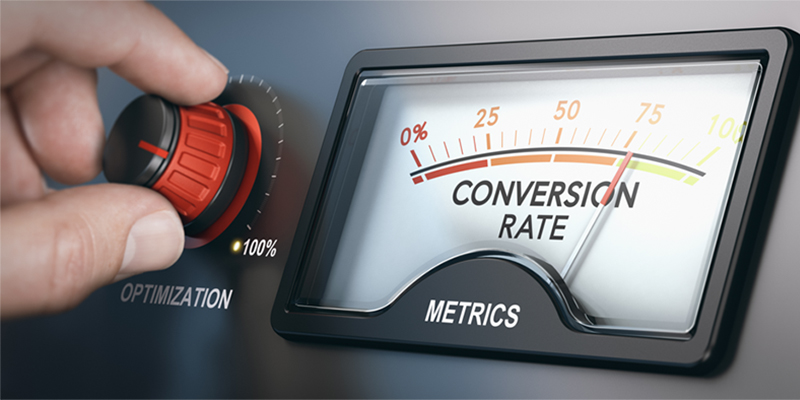Heat Mapping and Conversions: How You Can Improve Conversions With Heat Mapping
When you have a business, it's important to make sure you know your product or your service best in order to make sure you get your audience as buyers.
Unfortunately, this isn't the only part of the sales funnel you have to understand in order to make sure you get the profits you need. In terms of making sure your campaigns are successful, it's important to determine if your materials, such as your website, is appealing enough to your consumers.
One of the best ways to do this is through heat mapping. This is an incredibly visual tool that allows you to literally map out areas of a website or a material in order to identify "hot spots" that viewers want to click or scroll through all the time. This can be an integral asset to your company, as this helps you determine which parts of your certain campaign materials work or not.
Here are some ways you can improve conversions on heat mapping.
Heat Mapping: The Basics

It may be essential to understand in this situation that heat mapping is not a simple tool that can be the solution to all our problems. In fact, heat mapping can be treated as a literal map that tracks the "heat" of our campaign materials, such as our websites.
- Heat maps are akin to thermal imagery, wherein we see the degree of "warmness" of interactivity in parts of our website that allow us to see how much these elements are being interacted with.
- Likewise, these maps are only really best utilized if we know how to use them to modify our campaigns.
Modify, Adapt
Now that we have seen the kind of "data" we can get from our maps, it may be time to actually find ways to modify our campaigns based on this data. This is done in a variety of ways, but in a basic sense, it's to get a gist of what works and what doesn't and modify everything else according to this data.
Remember, the goal here is to get more conversions across, which means the data we should be observing is what works, what doesn’t work, and understanding how the two play out in your campaign. Adjusting how these factors work based on heat map data can greatly help give your campaign that push to success.
- For instance, when analyzing a particular campaign, try to check if our Call-to-Actions are "warm" (being interacted with) in the heat map. This is a good way of gauging if we are getting good conversions.
- If yes, what do you think made it work? If not, how come? Try to assess the overall environment surrounding the CTAs and check if there are elements that blend well or not. Are the fonts too big, or are there images that interrupt the flow of the eyes? Try to check this from a consumer perspective and assess if there's any form of cohesiveness or disruption from your perspective.
- If there are things to modify, try to make little changes that you can slowly observe over time. Keep track of what you've done in order to be able to see its progress in the future, and constantly try to adapt to what you think works and doesn’t work to prevent stagnation in your campaigns.
Evolution Helps
Given that we have a general idea on how users are "mapped" in our websites, it's essential to understand that finding a way to have those materials evolve as per our heat map is a good way to gauge the efficiency of our campaign plans. After all, a plan that doesn't evolve should not stay for long as it can be detrimental to our growth.
- When looking at heat map data, try to check if there's some way this could be used to compare activity in our websites and determine what works and what doesn't.
- The more consistent this becomes, the better heat mapping can be used to create an ever-evolving evaluation of our plans that can help us be more proactive in our campaigns.
- Constant usage of heat maps can also improve the coverage of our reports as there is now a visual element that can finally give a proverbial "face to the name" when it comes to justifying the numbers we get from our statistics.
Web design, if used properly, is something that is constantly evolving to meet the needs of our audiences. Tools like heat mapping can become extremely efficient ways of improving conversions if used properly. However, always remember that the tips and tricks above are not perfect methods of gaining conversions. Remember that these methods are best used when modified to fit your campaigns, as these are best used over time and through trial and error. Creativity still counts, and heat mapping proves there are smarter ways to use creative and visual tools for better conversions.
Related Posts
For startups in 2024, there are few aspects as important as web development.
Free webinars can be one of the most effective ways to market your brand or product.
As the internet continues to expand and businesses attempt to reach their customers online, having a great website is essential.
Staying up-to-date on the latest website trends is vital for business owners.
There are so many ways that you can go with your website, trying to make it look beautiful and customize to your needs.


















Comments
comments powered by Disqus